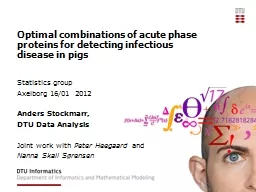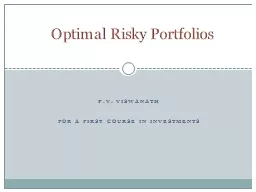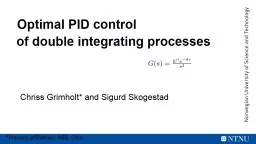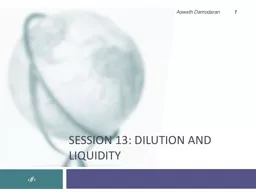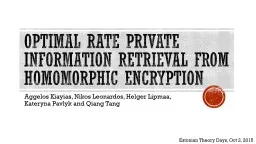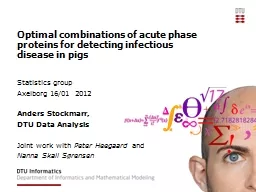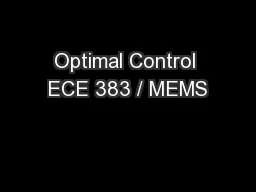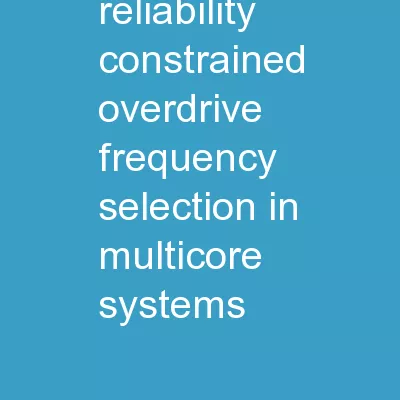PPT-Optimal illiquidity
Author : kittie-lecroy | Published Date : 2017-12-16
John Beshears James J Choi Christopher Clayton Christopher Harris David Laibson Brigitte C Madrian US is an outlier on DC account liquidity US 10 penalty for
Presentation Embed Code
Download Presentation
Download Presentation The PPT/PDF document "Optimal illiquidity" is the property of its rightful owner. Permission is granted to download and print the materials on this website for personal, non-commercial use only, and to display it on your personal computer provided you do not modify the materials and that you retain all copyright notices contained in the materials. By downloading content from our website, you accept the terms of this agreement.
Optimal illiquidity: Transcript
Download Rules Of Document
"Optimal illiquidity"The content belongs to its owner. You may download and print it for personal use, without modification, and keep all copyright notices. By downloading, you agree to these terms.
Related Documents




